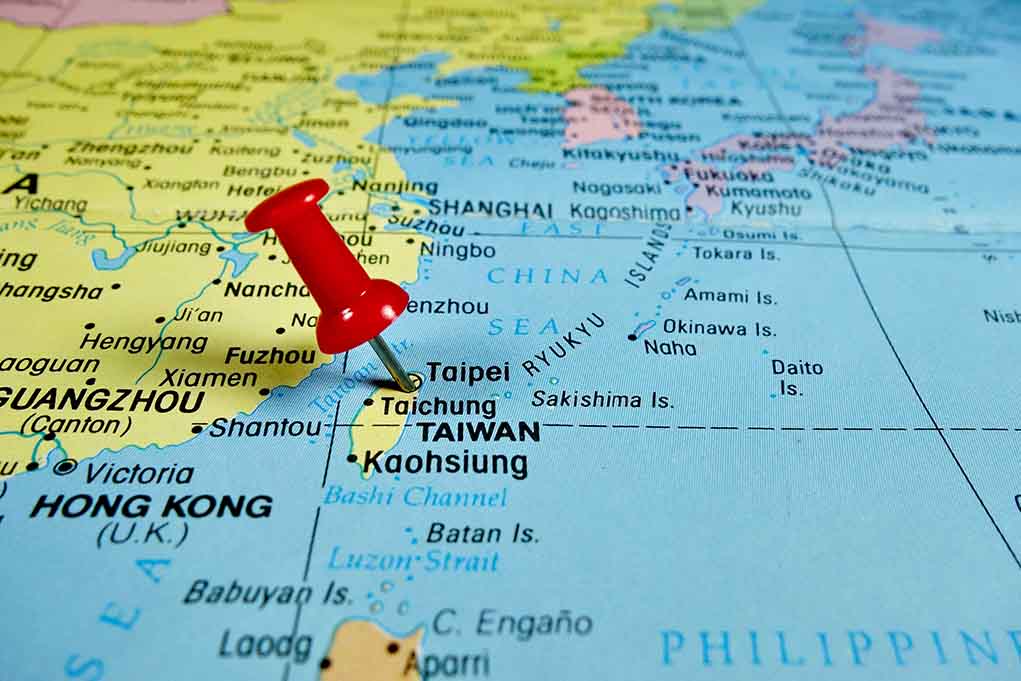
Taiwan’s coast guard and military executed advanced joint drills in Kaohsiung to counter China’s increasingly aggressive “grey zone” tactics, demonstrating unprecedented coordination between defense branches as tensions with Beijing reach alarming levels.
Key Takeaways
- Taiwan conducted joint military-coast guard exercises in Kaohsiung specifically designed to counter China’s “grey zone” warfare tactics like cable cutting and unauthorized sand dredging
- The drills featured unprecedented coordination between coast guard vessels, interior ministry rescue helicopters, army medical evacuation units, and navy anti-submarine aircraft
- President Lai Ching-te emphasized that Taiwan’s coast guard serves as the first line of defense against Chinese encroachment while reaffirming Taiwan’s commitment to protecting its democracy
- Taiwan is rapidly modernizing its naval capabilities with new Anping-class corvettes equipped for anti-ship operations and missile launches in response to growing Chinese military pressure
- The exercises reflect Taiwan’s whole-of-government approach to national security amid escalating territorial claims from mainland China
Strategic Military Response to Chinese “Grey Zone” Tactics
Taiwan’s coast guard and military forces executed sophisticated joint exercises in the southern port city of Kaohsiung this week, demonstrating a coordinated response to China’s increasingly aggressive “grey zone” warfare tactics. The drills simulated a scenario where “international terrorists” had seized a ferry, requiring a complex rescue operation involving multiple branches of Taiwan’s defense establishment. This exercise represents a significant escalation in Taiwan’s military readiness posture as President Trump’s administration continues monitoring the delicate balance of power in the South China Sea region.
The exercise highlighted Taiwan’s commitment to developing interoperability between its coast guard, which typically serves as first responders to Chinese provocations, and other military branches. Coast guard vessels coordinated with an interior ministry rescue helicopter, an army medical evacuation unit, and a navy anti-submarine helicopter—marking the first time these three different aircraft types have worked together in such a scenario. This multi-domain approach indicates Taiwan is preparing for complex security challenges that blur the line between civilian law enforcement and military defense operations.
🇹🇼🇨🇳 GREY ZONE, REAL PREP: TAIWAN GEARS UP AGAINST CHINA
Taiwan’s coast guard just ran drills with the military to prep for China’s “grey zone” threats.
AKA: pressure tactics that stop just short of open war.
From undersea cable sabotage to swarms of dredgers, China’s been… https://t.co/WhSqqftTDg pic.twitter.com/9lwSdYxZe1
— Mario Nawfal (@MarioNawfal) June 8, 2025
President Lai’s Commitment to Defending Taiwan’s Sovereignty
President Lai Ching-te, who observed the exercises, made clear Taiwan’s determination to resist Chinese pressure tactics. Speaking to the assembled forces, he emphasized the coast guard’s critical role in protecting Taiwan from Chinese encroachment through activities like undersea cable cutting and unauthorized sand dredging near Taiwanese territory. These “grey zone” activities represent Beijing’s strategy to assert control without triggering a conventional military response—a tactic that has intensified under Xi Jinping’s aggressive leadership as China continues challenging American allies throughout the Indo-Pacific region.
“Taiwan has been facing constant grey intrusion from China, but our coast guard colleagues have always been on the front line to enforce the law and protect the lives and safety of the people of Taiwan,” said Lai Ching-te, President of Taiwan.
The Taiwanese government’s approach represents a comprehensive strategy that extends beyond military preparation to include whole-of-society resilience building. Taiwan recognizes that countering China’s multi-faceted pressure campaign requires coordination across all government departments and civilian sectors. This strategy aligns with the Trump administration’s emphasis on encouraging allies to take greater responsibility for their own defense while maintaining America’s commitment to regional security and freedom of navigation in contested waters around Taiwan and throughout the South China Sea.
Naval Modernization to Counter Chinese Military Buildup
Central to Taiwan’s defense strategy is a significant naval modernization program that parallels ongoing upgrades to its coast guard fleet. The exercises showcased Taiwan’s new Anping-class corvettes, which are based on the navy’s Tuo Chiang-class warships but operated by the coast guard. These vessels represent a strategic force multiplier, capable of being rapidly converted for military use during conflict while fulfilling law enforcement duties during peacetime. The corvettes feature impressive combat capabilities, including platforms for anti-ship missiles and sea-to-land missile launches—essential tools for asymmetric warfare against China’s numerically superior navy.
“The government will continue to consolidate the strength of all departments and strengthen the resilience of the entire society to defend national security and safeguard Taiwan’s democracy and freedom,” stated Lai Ching-te, President of Taiwan.
Taiwan’s strategic posture firmly rejects Beijing’s sovereignty claims over the democratically governed island. While China maintains that Taiwan is part of its territory and has never renounced the use of force to bring it under control, Taiwan’s government consistently asserts that only the island’s 23 million people have the right to determine their future. This stance has received strong support from the Trump administration, which has authorized significant arms sales to Taiwan while maintaining strategic ambiguity regarding direct military intervention. The joint exercises in Kaohsiung demonstrate Taiwan’s commitment to self-defense through modernization, interoperability, and innovative responses to the evolving security challenges posed by its increasingly aggressive neighbor.











